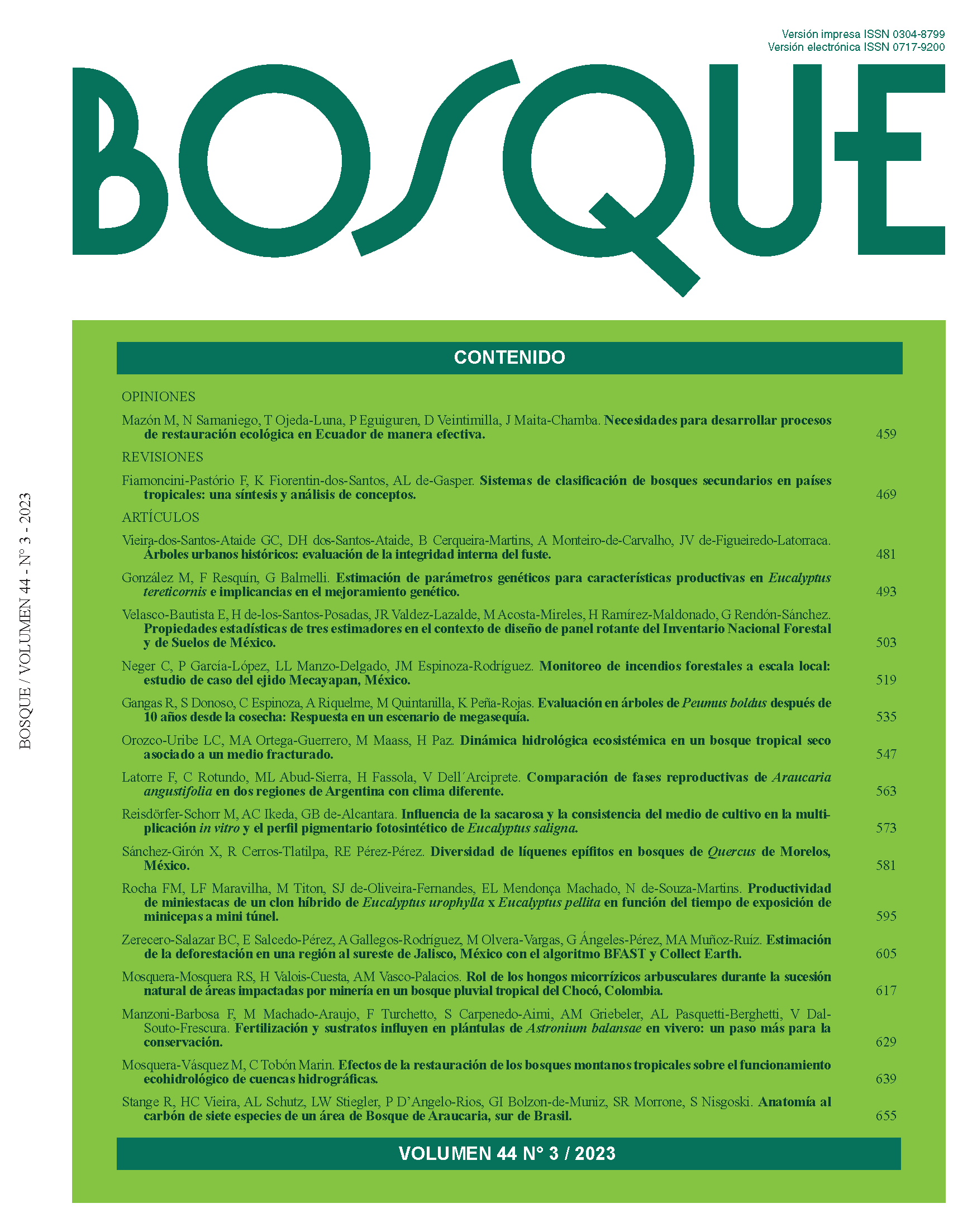Monitoring of forest fires at the local scale: Case study of the Mecayapan ejido, Mexico
Main Article Content
Abstract
Studies regarding the monitoring of forest fires generally have been based on either field records or data from satellite analysis. However, both have had limitations, such as the inaccuracy of field data and clouds, that hamper remote sensing. The objective of the present paper was to identify burnt areas of tropical rainforest, pine, and oak forest in the Mecayapan ejido, Mexico, in the years 2016 to 2020, utilizing and combining all available sources of information. This included, interviews with the actors involved in fire management and requesting the data they collect in the field. Later, thermal hotspots were consulted, and an index (Burnt Area Index for MODIS) was applied to detect burnt areas in satellite images. Then, the data of the different sources were integrated into a geographic information system, visualized in maps, and organized in tables, to permit their comparison and integration. The study shows that the combination of diverse sources is of great utility, as they allow for a more complete vision of the total burnt surface and the ecosystems affected by wildfires. Based on this result, it was recommended to establish collaboration networks for fire monitoring, which include governmental and community-based actors involved in integrated fire management, along with the entities specialized in satellite analysis.

